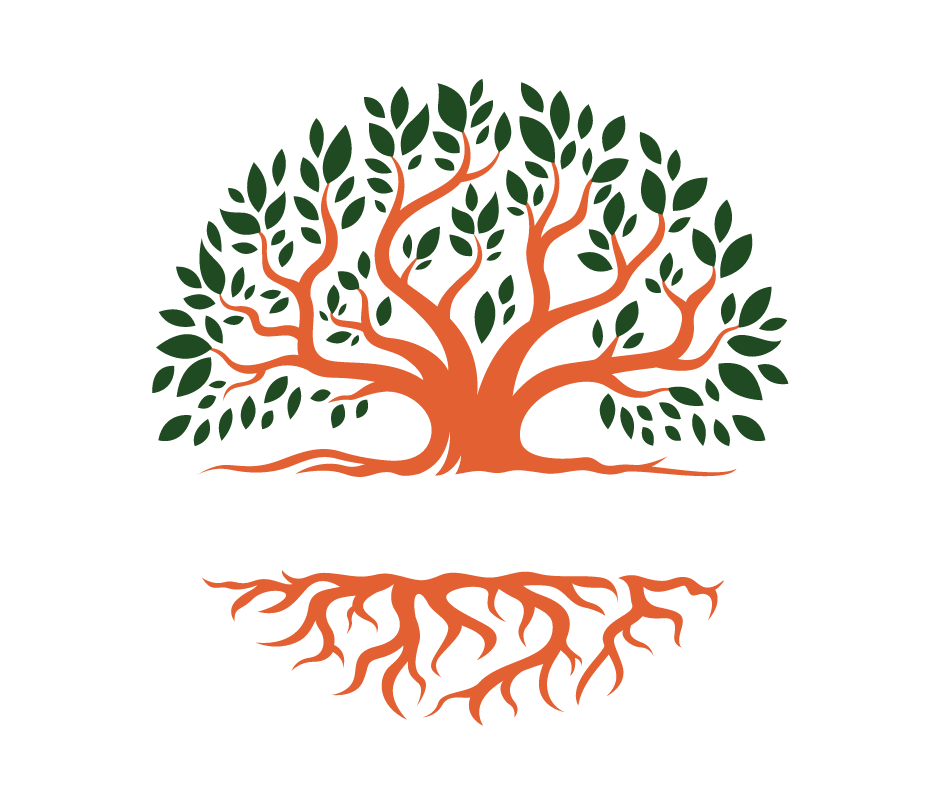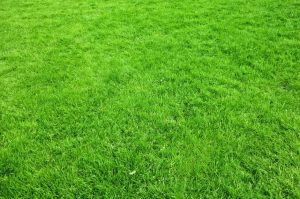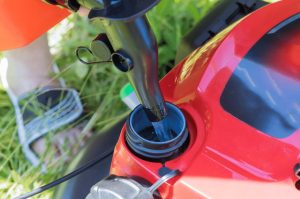Choosing the right trees to plant near sewer pipes is crucial in our beautiful land of Australia, where home gardening and landscaping are hobbies and passions. As homeowners and gardeners, we often dream of lush, green yards without considering the hidden network of sewer pipes beneath. The wrong choice of trees can lead to costly and disruptive damage to these essential systems.
In this guide, we’ll explore the best trees to plant near sewer pipes, focusing on safe and aesthetically pleasing species for Australian gardens. Understanding the delicate balance between nature’s beauty and its practicality is key to making informed decisions that keep our gardens thriving and our plumbing intact.
Can you plant a tree next to a pipe?
The question of whether you can plant a tree next to a pipe is one that we, as garden enthusiasts, often ponder. The short answer is yes but with careful consideration.
Planting trees near pipes, especially sewer lines requires a thoughtful approach to avoid future complications:
- Understanding the risks: Root intrusion is the primary concern when planting trees near underground pipes. Tree roots naturally seek out water sources, and even the smallest leak in a pipe can attract them. Once they find their way into a pipe, roots can grow rapidly, causing blockages, breaks, and costly repairs.
- Expert insights: Plumbing and landscaping professionals often advise keeping a distance between trees and sewer lines. The recommended distance varies depending on the tree species. Still, a general rule is to plant trees at least as far away from a pipe as their potential mature height. For instance, if a tree is expected to grow 5 metres tall, it should be planted at least 5 metres away from pipes.
- Choosing the right trees: Another strategy is selecting trees with less aggressive root systems. Some species are known for their relatively shallow and less invasive roots, making them safer choices for areas near pipes. Consulting with local horticulturists or arborists can provide valuable insights into the best trees for your area and soil conditions.
- Regular maintenance: Regular maintenance and monitoring of the trees and the underground pipes are essential. This includes routine inspections and pruning of tree roots if they grow too close to the pipes.
In short, while planting a tree next to a pipe is possible, it requires careful selection of tree species, consideration of its mature size, and ongoing maintenance to prevent potential damage to underground piping systems.
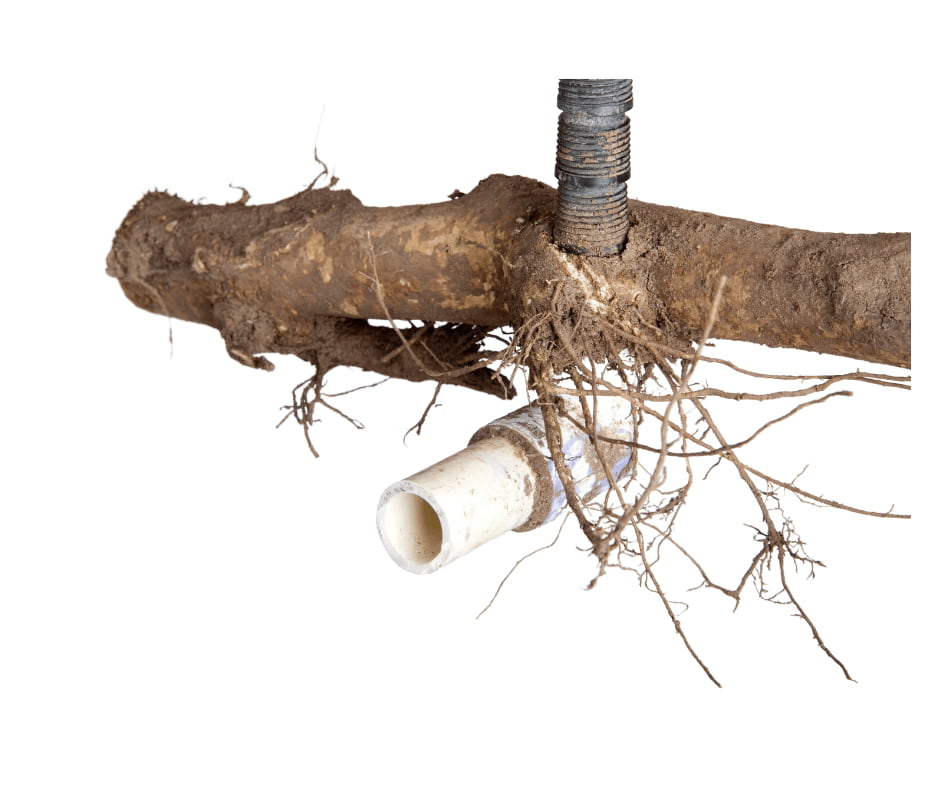
Why should trees not be planted next to pipes?
While trees add beauty and value to our gardens, their proximity to water pipes must be managed carefully. Understanding the risks of root intrusion and the potential for pipe damage is crucial in preventing costly and inconvenient repairs.
Let’s dive into why people tend to avoid planting trees near pipes:
Danger of root intrusion
Tree roots instinctively grow towards sources of water and nutrients. Sewer pipes, often carrying moisture and organic waste, become prime targets for these roots.
The smallest crack or joint in a pipe can allow roots to infiltrate. Once inside, roots can grow rapidly, obstructing the flow and potentially causing serious blockages.
Pipe damage
The intrusion of roots into pipes doesn’t just stop at blockages. Over time, these roots can exert significant pressure, leading to cracked or even burst pipes.
Such damage disrupts the sewer system and can lead to groundwater contamination and soil erosion, posing environmental risks.
Costs and inconveniences of repairs
Repairing damage caused by root intrusion can be both costly and inconvenient. It often involves excavation to access the affected pipes, leading to disrupted landscapes and potential damage to other parts of the garden.
The costs can escalate quickly, especially if the extensive damage requires complete pipe replacement. Additionally, homeowners may face the inconvenience of disrupted water services and the unpleasantness of sewage backups during the repair process.
Which trees should be grown around the drains and why?
When planting trees near drains and sewer lines, the key is choosing species that are less likely to cause root intrusion and pipe damage. Here are some top picks for Australian gardens:
- Feijoa (Feijoa sellowiana)
- Coastal Golden Wattle (Acacia longifolia)
- Azaleas (Rhododendron spp.)
- Bay Tree (Laurus nobilis)
- Crepe Myrtle (Lagerstroemia indica)
- Guava (Psidium spp.)
- Japanese Maple (Acer palmatum)
- Olive Tree (Olea europaea)
These trees are favoured for their beauty and adaptability to Australian climates and their non-invasive root systems, making them safer choices for areas near underground pipes.
1. Feijoa (Feijoa sellowiana)

The Feijoa, also known as the Pineapple Guava, is a versatile and hardy flowering hedge plant well-suited for Australian gardens.
Characterised by its glossy green leaves and attractive edible fruit, the Feijoa is a delight to the eye and the palate. Its growth habit is notably compact, with a non-invasive root system that poses minimal risk to nearby sewer pipes.
Typically reaching a manageable height, Feijoas are ideal for planting in areas where underground utilities exist, offering both beauty and practicality without the worry of root-related damage.
2. Coastal Golden Wattle (Acacia longifolia)
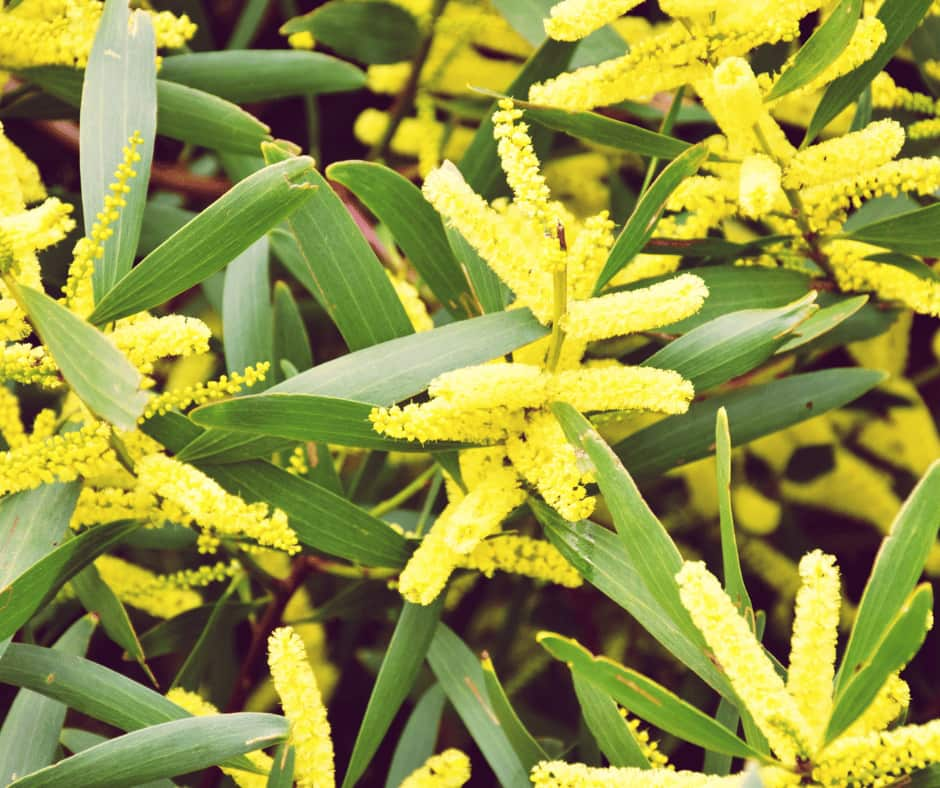
The Coastal Golden Wattle is an iconic Australian native. It is celebrated for its vibrant yellow blooms that bring colour to any landscape.
This fast-growing native tree is known for its resilience and adaptability, thriving in various soil types. Its root system is relatively shallow and less likely to invade sewer pipes, making it a safe choice for planting near underground utilities.
The Coastal Golden Wattle adds aesthetic value with its lush foliage and bright flowers. It serves as a practical option for gardeners mindful of their plumbing infrastructure.
3. Azaleas (Rhododendron spp.)

Azaleas, part of the Rhododendron family, are popular for Australian gardens. They are renowned for their stunning and vibrant pink blooms.
These shrubs typically exhibit a shallow root system, making them ideal for planting near sewer pipes. They are less likely to cause root intrusion issues, ensuring the integrity of underground utilities.
Azaleas thrive in well-drained soils and can adapt to various light conditions, from full sun to partial shade. Their compact growth habit and spectacular floral display make them safe and a visually appealing addition to any garden.
4. Bay Tree (Laurus nobilis)
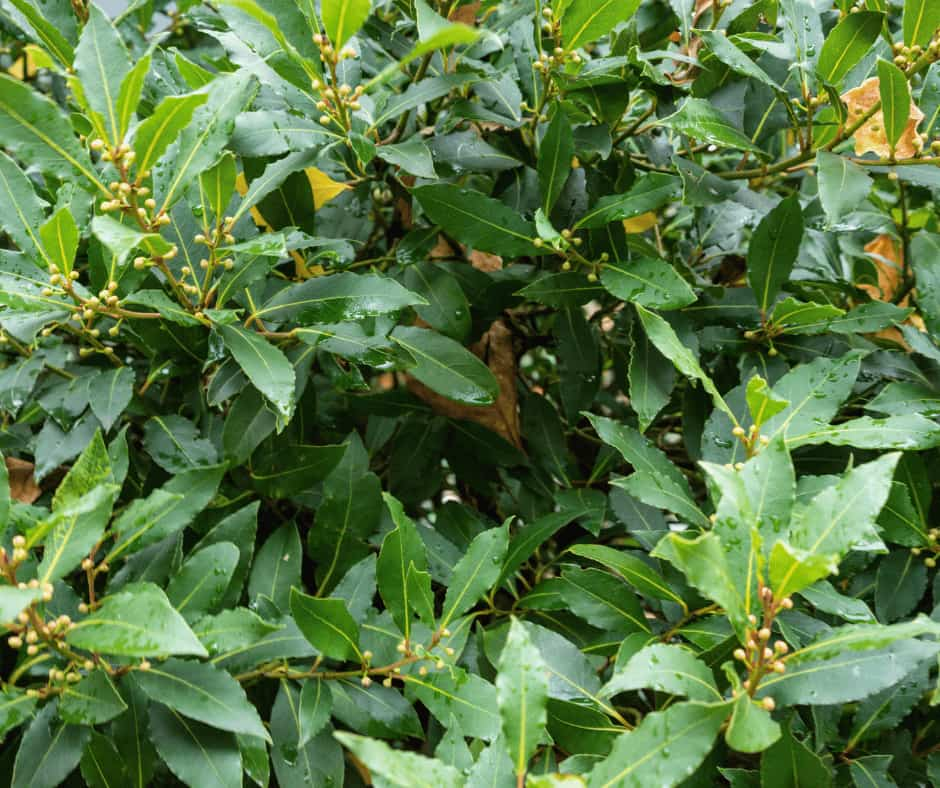
The Bay Tree, known for its aromatic leaves used in cooking, is a practical and ornamental addition to Australian gardens. This evergreen tree is characterised by its slow growth and manageable root system, making it an excellent choice for planting near sewer pipes.
The roots of the Bay Tree are less aggressive, significantly reducing the risk of damaging underground utilities. It can be easily pruned and shaped, fitting well into various landscape designs.
Its versatility, low-maintenance nature, and minimal risk to plumbing systems make the Bay Tree a favoured option for gardeners and chefs alike.
5. Crepe Myrtle (Lagerstroemia indica)

The Crepe Myrtle is a beloved purple flowering tree in many Australian gardens, admired for its spectacular display of flowers that bloom in summer and its attractive, peeling bark. This tree is particularly favoured for its moderate root system, which is less likely to interfere with underground sewer pipes.
Crepe Myrtles are adaptable to various soil types and thrive in full sun, making them suitable for diverse Australian climates. Their manageable size and stunning floral and bark features provide aesthetic appeal. At the same time, their non-invasive roots make them a safe choice for planting near essential underground infrastructure or even on fence lines.
6. Guava (Psidium spp.)
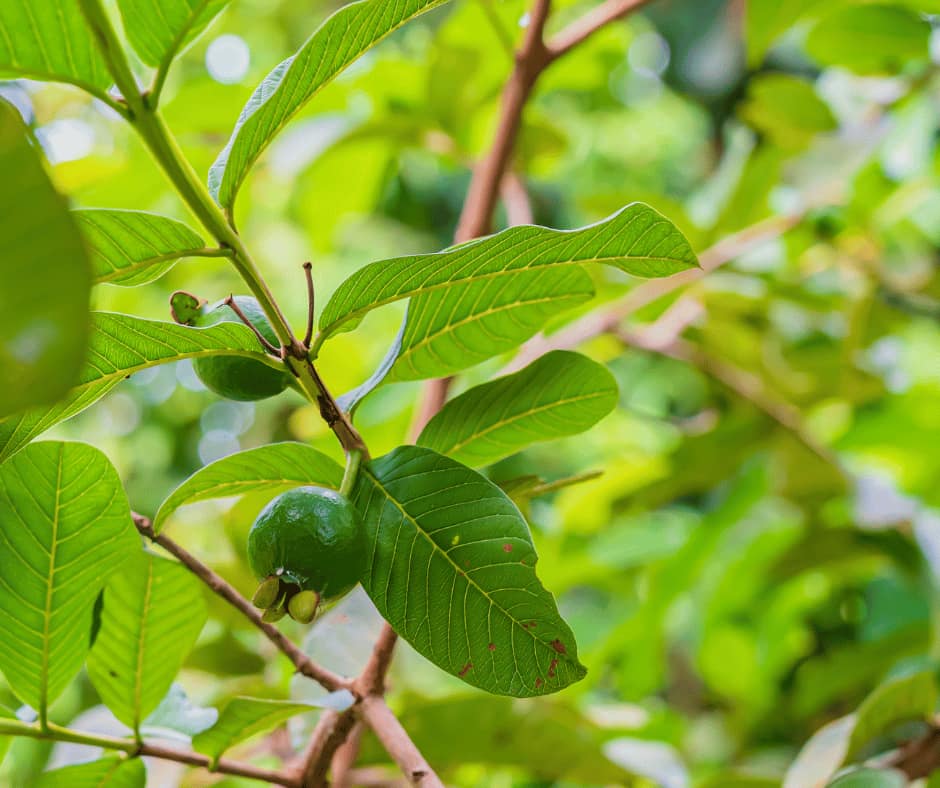
Guava trees, with their lush foliage and delicious fruit, are a tropical delight in Australian gardens. These trees are known for their relatively shallow root systems, making them suitable for planting near sewer pipes.
Guavas prefer well-drained soil and a sunny position, fitting well into the diverse Australian landscape. Their non-aggressive roots minimise the risk of damaging underground utilities. At the same time, the trees themselves provide both ornamental beauty and a bountiful harvest of fruit.
This combination of utility and aesthetics makes the Guava tree a practical and enjoyable addition to any garden.
7. Japanese Maple (Acer palmatum)

The Japanese Maple is a highly prized tree in Australian gardens. It is renowned for its stunning foliage that changes colour with the seasons. This tree is particularly suitable for planting near sewer pipes due to its shallow and non-invasive root system.
Japanese Maples thrive in well-drained soil and prefer a sheltered position with filtered sunlight, making them ideal for creating serene and picturesque garden spaces. Their compact growth habit and the delicate beauty of their leaves make them a favourite among gardeners who seek to combine aesthetic elegance with practical considerations for underground utilities.
8. Olive Tree (Olea europaea)

The Olive Tree, a symbol of peace and resilience, is a superb choice for Australian gardens, especially when planted near sewer pipes.
Known for its hardy nature and drought resistance, the Olive Tree has a root system that is less likely to cause damage to underground utilities. It thrives in well-drained soil and full sun, making it well-suited to the Australian climate.
The tree offers a picturesque Mediterranean aesthetic with its silvery foliage and yields the added benefit of delicious olives. Its combination of beauty, utility, and sewer-safe planting makes the Olive Tree a wise choice for gardeners.
Trees to avoid
While many trees enhance our gardens with beauty and shade, some are best avoided near sewer lines due to their invasive root systems. These trees can cause significant damage to underground utilities, leading to costly repairs. Here’s a list of trees known for their aggressive roots:
- Willow Trees (Salix spp.): Willow trees, with their beautiful, weeping form, are unfortunately notorious for their invasive roots. These roots aggressively seek water, making them a high risk for sewer line intrusion and damage.
- Poplar Trees (Populus spp.): Poplars are fast-growing trees with extensive root systems that can extend far beyond their canopies. They are known to cause problems with sewer lines and other underground utilities.
- Oak Trees (Quercus spp.): Oak trees, though majestic, have deep and expansive root systems. They can grow into sewer lines, causing blockages and structural damage over time.
- Eucalyptus Trees (Eucalyptus spp.): Eucalyptus trees are a staple in the Australian landscape but are better planted away from sewer lines. Their roots can grow rapidly and aggressively, threatening underground pipes.
- Fig Trees (Ficus spp.): Fig trees, including the popular Moreton Bay Fig, have vigorous root systems that lift and break pavement and plumbing. They are known for causing significant damage to sewer lines.
- Bamboo (Bambusoideae spp.): While not a tree, bamboo’s fast-growing roots can be incredibly invasive and are known to infiltrate sewer lines easily, leading to blockages and damage.
- Ash Trees (Fraxinus spp.): Ash trees, particularly the Claret Ash, have root systems that can extend a considerable distance, making them a risky choice near sewer lines and other underground utilities.
When planning your garden, it’s crucial to consider the potential impact of a tree’s root system on your property’s infrastructure. Opting for trees with less invasive roots can save a lot of trouble and expense in the long run.
Factors to consider before planting
Before introducing new trees to your garden, especially near sewer lines, several key factors must be considered to ensure a harmonious balance between your landscaping dreams and the practical aspects of your property.
We recommend considering the foiling:
- Soil type: The soil type in your garden plays a crucial role in tree health and root behaviour. Well-drained soils prevent waterlogging, which can attract roots to sewer lines. Understanding your soil’s composition – sandy, loamy, or clay – helps select trees that will thrive in those conditions.
- Tree size at maturity: Consider the full mature size of the tree – both in height and canopy spread. Larger trees with extensive root systems are more likely to interfere with underground utilities. Some trees have root systems that mirror their canopy, while others have more compact roots. Understanding this growth pattern is essential in determining the right tree for your space.
- Proximity to sewer lines: Trees should be planted at least as far away from a sewer line as their anticipated height at maturity. This distance minimises the risk of root intrusion. This includes water, gas, and electrical services.
- Consulting local guidelines and utility maps: Local council guidelines often provide specific recommendations and regulations regarding tree planting near utilities. These guidelines are designed to protect both the homeowner and the community’s infrastructure.
In summary, thoughtful consideration of soil type, tree maturity size, proximity to sewer lines, and adherence to local guidelines and utility maps will lead to a more successful and sustainable gardening experience.
Planting and maintenance best practices
Planting trees near sewer lines can be done safely and effectively with the right approach. Here are some best practices for planting to minimise the risk of root intrusion and ensure the health of both the trees and your sewer system:
- Choose the Right Location: Plant trees away from sewer lines, considering their mature size. Use utility maps to identify safe planting zones.
- Select Suitable Species: Opt for trees with non-invasive root systems, especially those known to be sewer-safe.
- Plant at the Right Depth: Plant trees at the correct depth to encourage healthy root growth. Planting too deep can stress the tree and lead to erratic root growth.
- Water Wisely: Initially, water your trees adequately to establish them. Over-watering can encourage roots to seek other water sources, like sewer lines.
Meanwhile, when it comes to maintaining the trees themselves:
- Regular inspections: Regularly inspect your trees for signs of stress or abnormal growth, as these can indicate potential problems with roots.
- Prune roots if necessary: If roots are encroaching on sewer lines, consider root pruning by a professional. This should be done carefully to avoid damaging the tree. For instance, you may be required to prune your Crepe Myrtle frequently to minimise any risk of damage.
- Mulch and fertilise appropriately: Use mulch to retain moisture and reduce water-seeking roots. Fertilise based on the specific needs of the tree to promote healthy growth.
- Manage water sources: Ensure that your garden’s drainage is effective and that excess water isn’t pooling near sewer lines, which can attract roots.
- Use root barriers: Where appropriate, install root barriers between trees and sewer lines. These barriers redirect root growth away from pipes.
- Regular sewer line checks: Inspect your sewer lines regularly to catch any potential issues early. Modern techniques like camera inspections can identify root intrusion without excavation.
Alternative landscaping ideas
There are creative and attractive landscaping alternatives for areas close to sewer lines where planting large trees might be risky. These options can add beauty and interest to your garden without the concerns of root intrusion:
Potted plants
Potted plants offer the flexibility to add greenery and colour without the risk of root damage to underground utilities. You can choose from various plants, including small trees, shrubs, and flowers.
Additionally, one of the biggest advantages of potted plants is their mobility. You can rearrange them to suit your garden’s design or accommodate changing sunlight patterns.
Raised beds
Raised beds provide a buffer between plant roots and sewer lines. They are ideal for growing everything from ornamental plants to kitchen herbs and vegetables.
Moreover, with raised beds, you have complete control over the soil quality, which can be tailored to the specific needs of the plants you choose to grow. For more information, check out our guide on the best soil for raised garden beds in Australia!
Ground covers
Shrubs with shallow root systems are excellent alternatives to trees. They can provide lush foliage, flowers, and even privacy without the risk of damaging underground pipes.
Many ground cover varieties in Australia can suit different aesthetic preferences and garden conditions, from sun-loving species to those that thrive in shaded areas.
Vertical gardening
An approach that is especially useful in smaller gardens. Vertical elements like the Airgarden can add height and interest to your garden, creating a dynamic landscape without deep planting.
This will allow you to utilise vertical space with trellises, wall planters, or climbing plants.
Non-invasive shrubs
Shrubs with shallow root systems are excellent alternatives to trees. They can provide lush foliage, flowers, and even privacy without the risk of damaging underground pipes.
Many shrub varieties can suit different aesthetic preferences and garden conditions, from sun-loving species to those that thrive in shaded areas.
Final thoughts
Embracing the right trees and alternative landscaping strategies ensures a harmonious blend of beauty and practicality in your garden. Choosing sewer-safe plants and employing creative solutions can protect your underground utilities while enjoying a lush, vibrant outdoor space.
Happy gardening!
FAQs
How close to a drain can you plant a tree?
In Australia, planting trees at least as far away from a drain as their expected mature height in metres is generally recommended. For instance, a tree that’s expected to grow to 6 metres tall should be planted at least 6 metres away from drains.
Which tree roots damage sewer lines?
In Australia, trees such as Willows, Poplars, Oak Trees, Eucalyptus, Fig Trees, and other fast-growing species are known for their invasive roots that can damage sewer lines.
How close to a drain can you plant a tree?
As a rule, trees should be planted no closer to a drain than their anticipated height in metres. Therefore, a tree expected to reach 5 metres in height should be planted at least 5 metres away from a drain.

